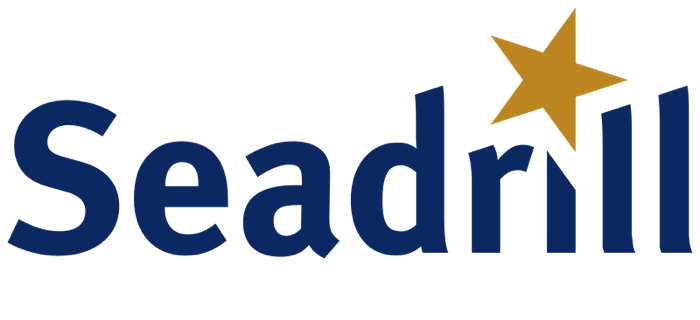The oil extraction industries are going through a downfall of customer’s requirements, which happened exceptionally for the first time in the history of drilling techniques noted in the past. A few logics were deducted by the reports generated by SeaDrill (NYSE:SDRL) and Transocean (NYSE:RIG) and by the investigations about their earnings, investors would prefer acquiring SeaDrill (NYSE:SDRL) over Transocean (NYSE:RIG).
According to a pie chart analysis it was concluded that the basic source of income for Transocean (NYSE:RIG) was a drilling machine that operated underdeepwater (UDW). Same was the case for SeaDrill (NYSE:SDRL) involving other machines as well. Being the biggest cause to the development of market today, underdeepwater drilling machine has its price requirements relatively superior than all the others. Analysis was conducted for the years between 2012 to 2030, by a firm Rystad Energy, which reported about the growth in oil production of underdeepwater by 9.5 times speedy than the conventional perforation by deepwater and increased the speed 19 times greater than the onshore production of oil.
One of the many reasons that makes SeaDrill (NYSE:SDRL) better than Transocean (NYSE:RIG) is that it is way too young and substantially developed after its initiation 5 years ago, and has grew to a larger extent of about 47% of the total fleet. But in contrast to their development Transocean (NYSE:RIG) has not grown to this level in the last 23 years. Transocean’s (NYSE:RIG) UDW has been utilized 69% while that of SeaDrill’s (NYSE:SDRL) 94% in last quarter.
The latest fleets of SeaDrill (NYSE:SDRL) permits them to command higher rates even in the bad industry days. Another reason can be management in approaching better contacts. Thus, SeaDrill (NYSE:SDRL) has a higher rank.
Petrobras (NYSE:PBR) has asked for contract redecided for SeaDrill’s (NYSE:SDRL) rigs which caused a deduction of $1.1 billion in its backlog created two years back. Even if the contracts are cancelled SeaDrill (NYSE:SDRL) will sustain $200 million in the same year, and maintaining its backlog even in the worst position of the industry is not less than a victory.
Instead of growing backlog, Transocean (NYSE:RIG) is going through a contraction due to an expected failure of the contract which may cause its rigs to become inactive from 50% to 60% by the end of the year. Keeping the rigs inactive also causes a substantial cost in its maintenance which is necessary for every machine, whether it is working or is inactive. If it is of $110,000 per day, Transocean (NYSE:RIG) might end up with more than 18 inactive drilling machines that can cause an amount of $2 million with zero income.
Although the industry has faced a massive destruction it still boosts for future anticipations. By commanding high price for their novel fleets, would make it live through any oil crashing situation. Moreover, it let it get involved in consolidation and making greater revenue and to fix the costs to withstand more conditions.




